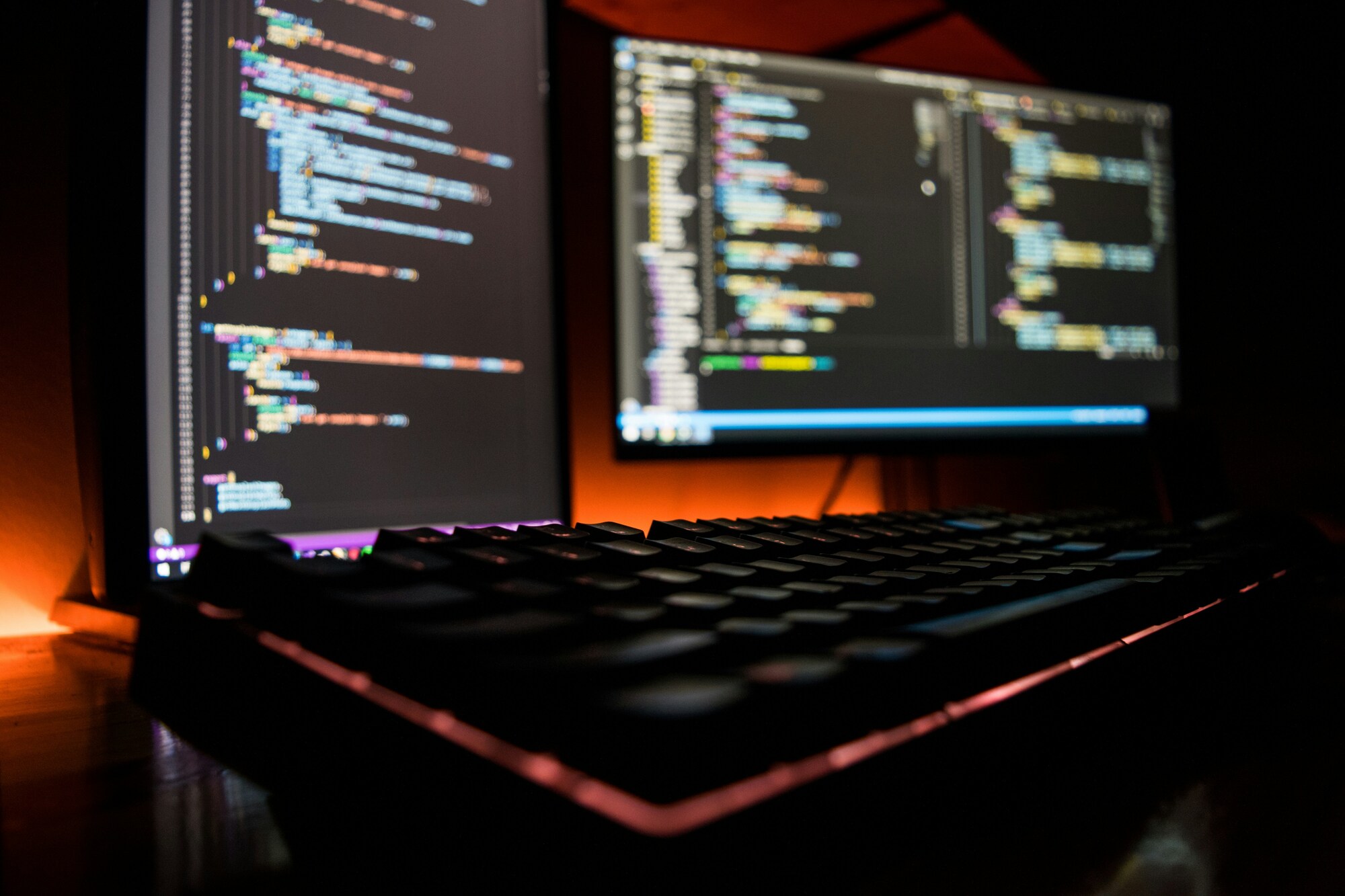In the realm of 3D animation production, rendering stands as a critical and technically complex phase, representing the culmination of efforts in modeling, rigging, animation, shading, texturing, VFX, and lighting. This process transforms the multidimensional data of a 3D scene into 2D still images, serving as the bridge to the post-production phase. Let’s delve into the intricacies of 3D rendering.
What is 3D Rendering?
In essence, 3D rendering is the process of generating images based on three-dimensional data stored on a computer. Comparable to photographing or filming a virtual 3D scene, it involves extensive mathematical calculations to translate the scene’s data into images. The final render’s appearance is shaped by factors such as modeling, texturing, shading, lighting, and animation.
Render Passes in 3D Rendering
Rendering a 3D scene is often executed in separate layers or render passes, encompassing background, foreground, shadows, highlights, and more. These passes are later integrated during the compositing stage in post-production. Render passes offer increased control over different aspects of a scene, allowing for fine-tuning, adjustments, and the selection of optimal renders without rerendering the entire scene.
Versatile Rendering Methods
Various rendering methods have evolved to cater to diverse needs, ranging from non-realistic wireframe rendering to advanced realistic techniques. The two general types based on rendering time are:
Real-time Rendering: Geared for interactive media like video games and simulations. Achieves a high degree of photo-realism in real-time, typically at a minimum rate of 20 frames per second.
Non-real-time Rendering: Suited for non-interactive media such as feature films, animated series, or short animations. Allows for higher detail and quality but requires more time for rendering, ranging from seconds to days per frame.
Common Rendering Techniques
Scanline:
- Renders images on a polygon basis, ideal for real-time rendering.
- Achieves acceptable quality at a higher frame rate when combined with baked lighting.
Ray Tracing:
- Prioritizes photorealism over speed.
- Traces rays of light from the camera to objects, producing effects like reflection, refraction, and dispersion.
- Ideal for still images and visual effects where speed is less critical.
Radiosity:
- Surface-by-surface, camera-independent calculation for indirect illumination.
- Accounts for bounced diffused light, yielding soft shadows and color bleeding.
- Offers high-quality, photorealistic results but comes with increased rendering time.
Tips for 3D Rendering in Animation Production
- Optimize Scenes: Streamline scenes to avoid unnecessary complexity and enhance rendering efficiency.
- Render Farm Utilization: Distribute rendering tasks across a network of computers to expedite the process.
- Use Render Passes Wisely: Leverage render passes for flexibility in post-production adjustments without rerendering entire scenes.
- Balance Quality and Speed: Choose rendering methods based on the project’s requirements, balancing quality and rendering time.
- Regularly Save Progress: Frequent saving ensures minimal data loss and facilitates recovery in case of technical issues.
3D Rendering Engines: Overview and Popular Choices
A 3D rendering engine is a crucial component in 3D software responsible for performing the complex calculations necessary to generate the graphic output of a 3D scene. It takes input such as 3D models, camera specifications, texturing, lighting, and shading data, transforming them into a series of pixels that form the final image. Here, we’ll explore the concept of 3D rendering engines and highlight two popular choices in the industry.
What is a 3D Rendering Engine?
A 3D rendering engine is a module within 3D software that facilitates the conversion of diverse data into a visual representation. It harnesses the processing power of the host CPU or GPU to perform calculations, turning intricate 3D scene details into displayable images. Rendering engines are available in various forms, including proprietary render engines bundled with software, plugins, or standalone applications.
Popular 3D Rendering Engines: Arnold and Redshift
Arnold
Key Features:
- Photo-realistic renders
- User-friendly interface
- Memory-efficient
- Seamless integration with Maya and 3Ds Max
Usage: Arnold is extensively used by animation studios worldwide, including industry giants like Sony Pictures Imageworks, for animated feature films and visual effects.
Redshift
Key Features:
- User-friendly interface
- Rapid rendering speed
- Versatility and photo-realistic results
- Seamless integration with various CG applications
- Support for render farms
Usage: Redshift, a GPU-based renderer, is favored by animation studios and creative individuals for high-end production rendering.
3D Rendering Hardware and Render Farms
3D Rendering Hardware. The increased processing power and affordability of rendering hardware enable home-scale 3D animation production on personal computers. Despite advancements, 3D animation studios like Sinspired Studio often utilize a more efficient setup known as a “render farm” for faster image generation.
Render Farms. A render farm is a high-performance computer cluster dedicated to rendering computer-generated imagery (CGI). It significantly accelerates rendering processes by distributing tasks across multiple computers, reducing the time required for image generation.
Conclusion
3D rendering in animation production is a multifaceted process with a profound impact on the final visual output. Understanding diverse rendering methods, optimizing scenes, and implementing efficient rendering practices contribute to successful animation projects. By navigating the complexities of rendering, animation studios can achieve a seamless transition from 3D data to compelling visual narratives.
In the intricate world of 3D animation production, rendering engines play a pivotal role in bringing creative visions to life. Choices such as Arnold and Redshift offer unique features catering to specific needs within the industry. Additionally, advancements in rendering hardware and the use of render farms contribute to efficiency gains, making 3D rendering a dynamic and evolving field. As technology continues to progress, the realm of possibilities for rendering in 3D animation expands, enabling artists and studios to create captivating visual experiences.


